The appearance of plaid fabric in the sewing of wardrobe items goes back to the distant past. Warriors of Scotland and kings of Britain used plaid material to make clothes, hats, and interior design.
A new turn in history
The popular textile pattern can be seen not only on the street, but also at home, in public buildings and government institutions.
Weavers in the French town of Vichy experimented with threads of two or three colours, using red, blue and white in the weave. The result was a checkered version with bright and pale coloured squares.
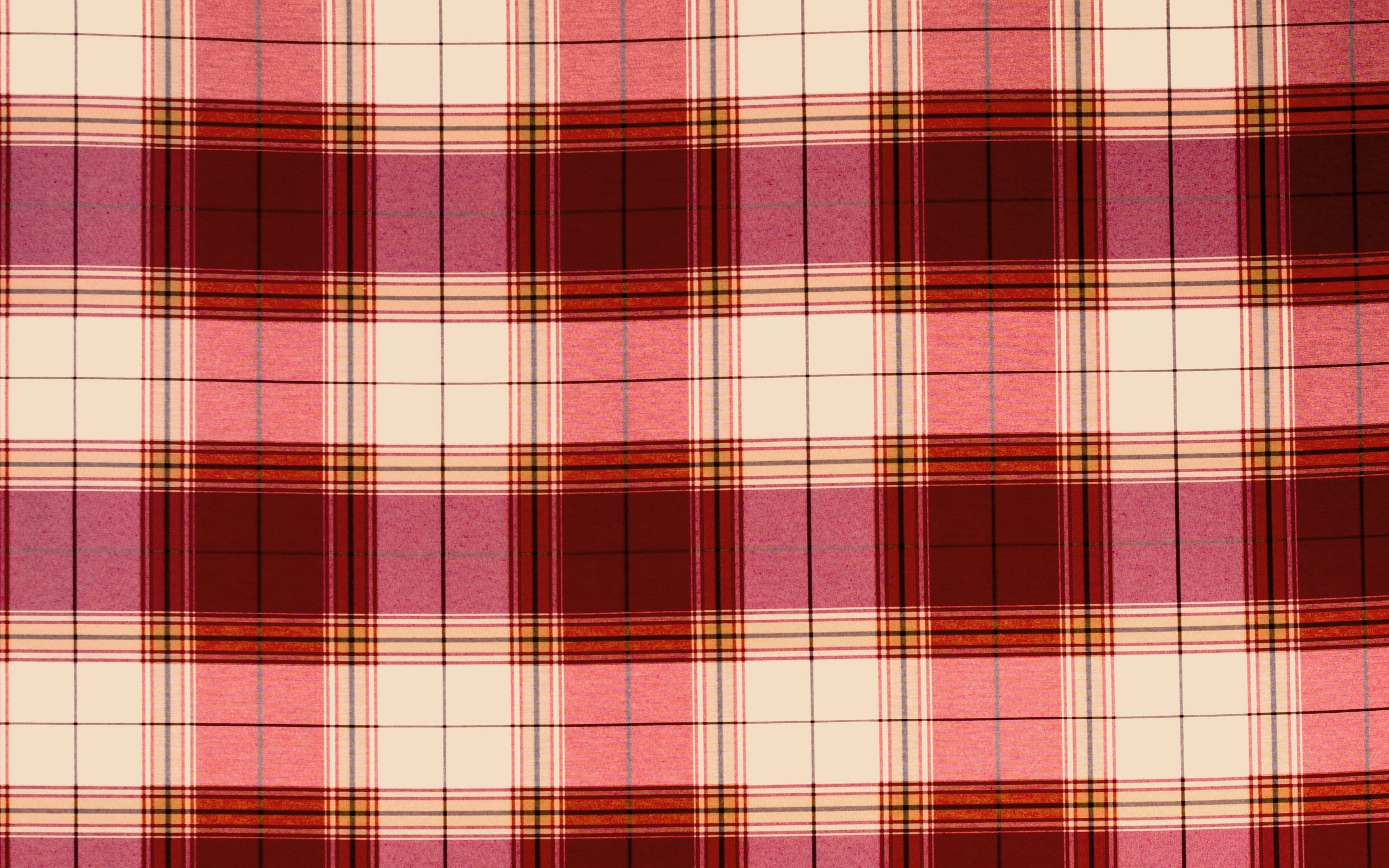
Checkered fabric was used by the Scots, ancient Romans, Japanese samurai and Egyptians. This list of countries and peoples speaks of the spread of this type of pattern everywhere. Byzantine engravings and images on frescoes of ancient Rus' confirm the spread of the checkered fabric pattern in different territories in ancient times.
The tartan fabric is today more associated with the Scottish traditions of use in national clothing. The spread of tartans in nearby areas distinguished fabrics with certain colors, depending on the availability of local natural dyes. Almost every country has a small tartan fabric in national costumes.
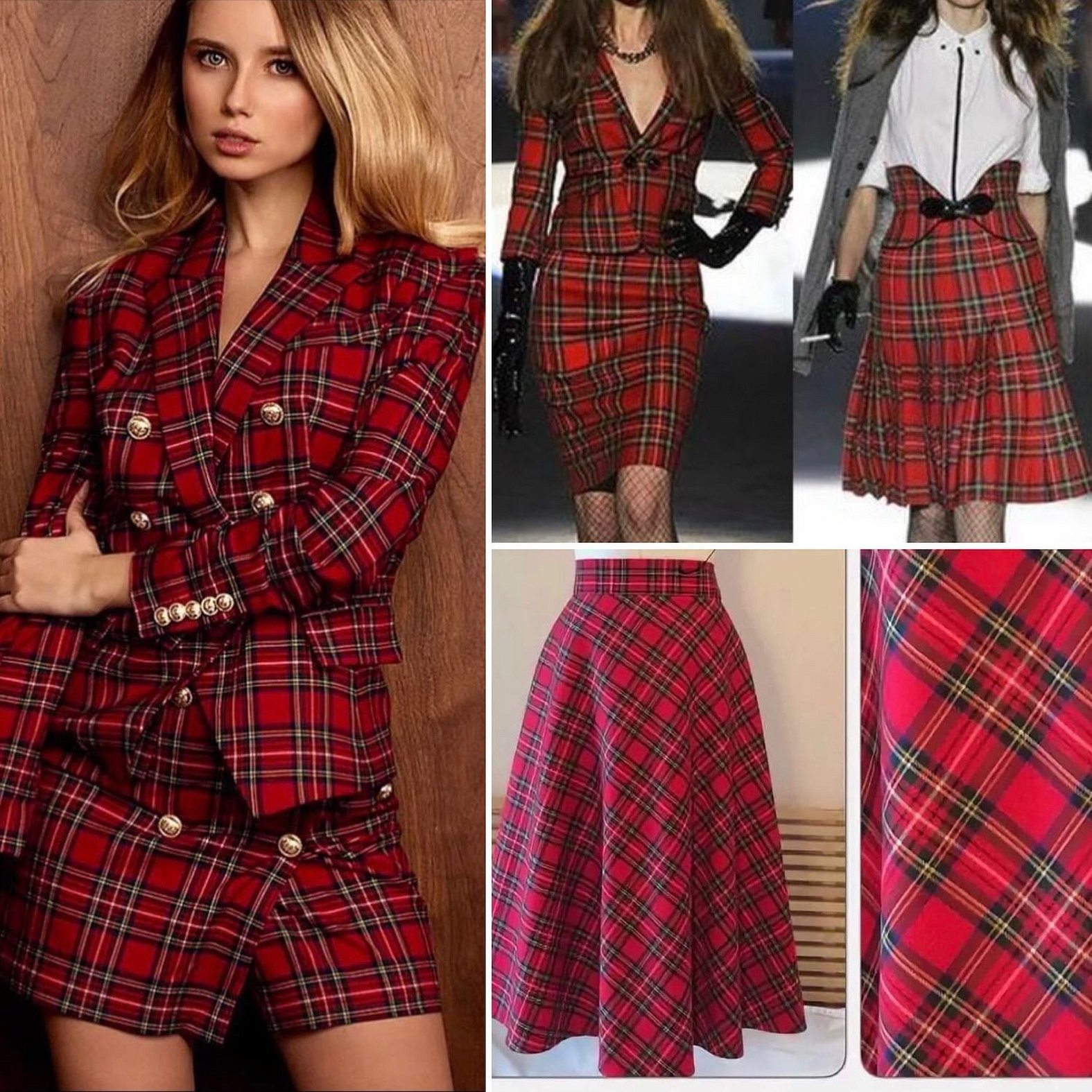
Queen Victoria of Great Britain introduced the fashion for furniture tartan, decorating the residence with checkered fabrics. Black and white checkered fabric was present in most outfits. With the advent of factory fabrics, the English community focused on the checkered material, trying to protect the pattern from being copied. Thomas Burberry offered coats for soldiers on the eve of the First World War, which became extremely popular.
The Burberry brand is well-known in modern international markets. The fashion world dictates its terms, satisfying the consumer's whims in all available ways. Checkered fabric products have returned to the shelves, a seamless option, expanding the range to the maximum from clothing to shoes and accessories in a check.
Varieties
The classification of cellular types depends on the following indicators:
- cell size;
- color and shape of the drawing;
- locality of origin.
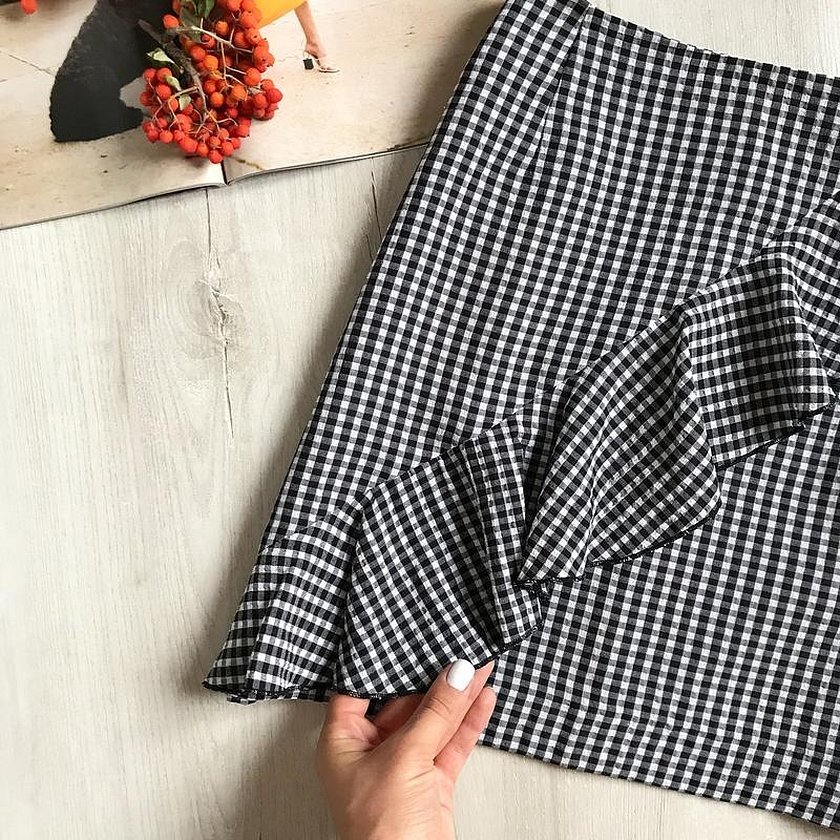
The word "tartan" is translated as "pattern". The Scots could determine the place of birth or residence of a traveler by the color of his clothes.
Varieties of material are Glencheck, Windsor check, Argyle, Madras and Vichy.
- Glencheck owes its origin to the Loch Ness area. A classic pattern of British aristocrats, the clothing of kings and lords. Used today as a suiting material.
- Windsor check is also called Prince of Wales, a favorite fabric of Edward VIII, Prince of Wales, who was known as the fashionista of his era. The layering of one color on another makes individual checks more vivid and saturated.
- Argyle was used to decorate the Prince of Wales's hosiery. Later it began to be used in other knitwear. A diamond-shaped check with contrasting stripes across. The English check is a fabric that will probably never go out of fashion.
- Madras is from India, is characterized by bright colors, named after the city of the same name. Lightweight cotton fine checkered fabric in warm colors has a double-sided texture of equal saturation.
- Vichy was spread from the French city thanks to Jacques Esterel, who created a wedding dress for Brigitte Bardot. The fabric is associated with the country style. In English-speaking countries it is known as guinea fabric. Red or blue checks with white in their color softly flow into one another.
- The chicken foot (pied de poule) and goose foot (pied de coq) were given to the world by Coco Chanel. The checkered style became fashionable at the beginning of the last century. Men's suits, jackets and shirts filled the fashion courts of the last century.
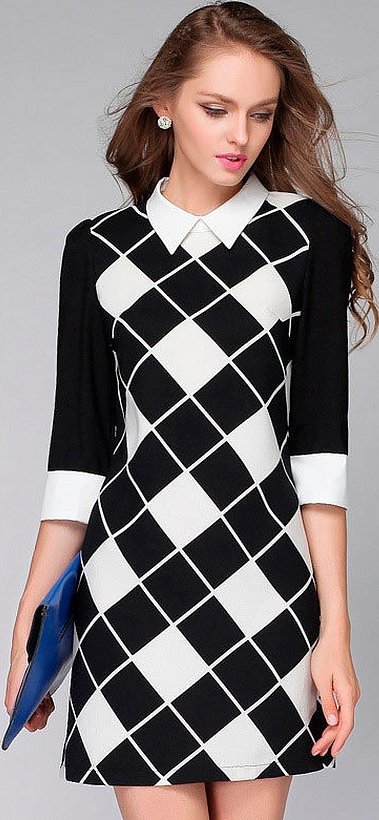
Flannel
Known as "baika", the soft material is distinguished by the presence of a delicate pile. It is used for sewing shirts, pajamas, dressing gowns, linings for jackets and coats. Natural high-quality fabric contains 100% cotton. The advantages of baika include good hygroscopicity, wrinkle resistance and ease of care. According to statistics, the motley type predominates.
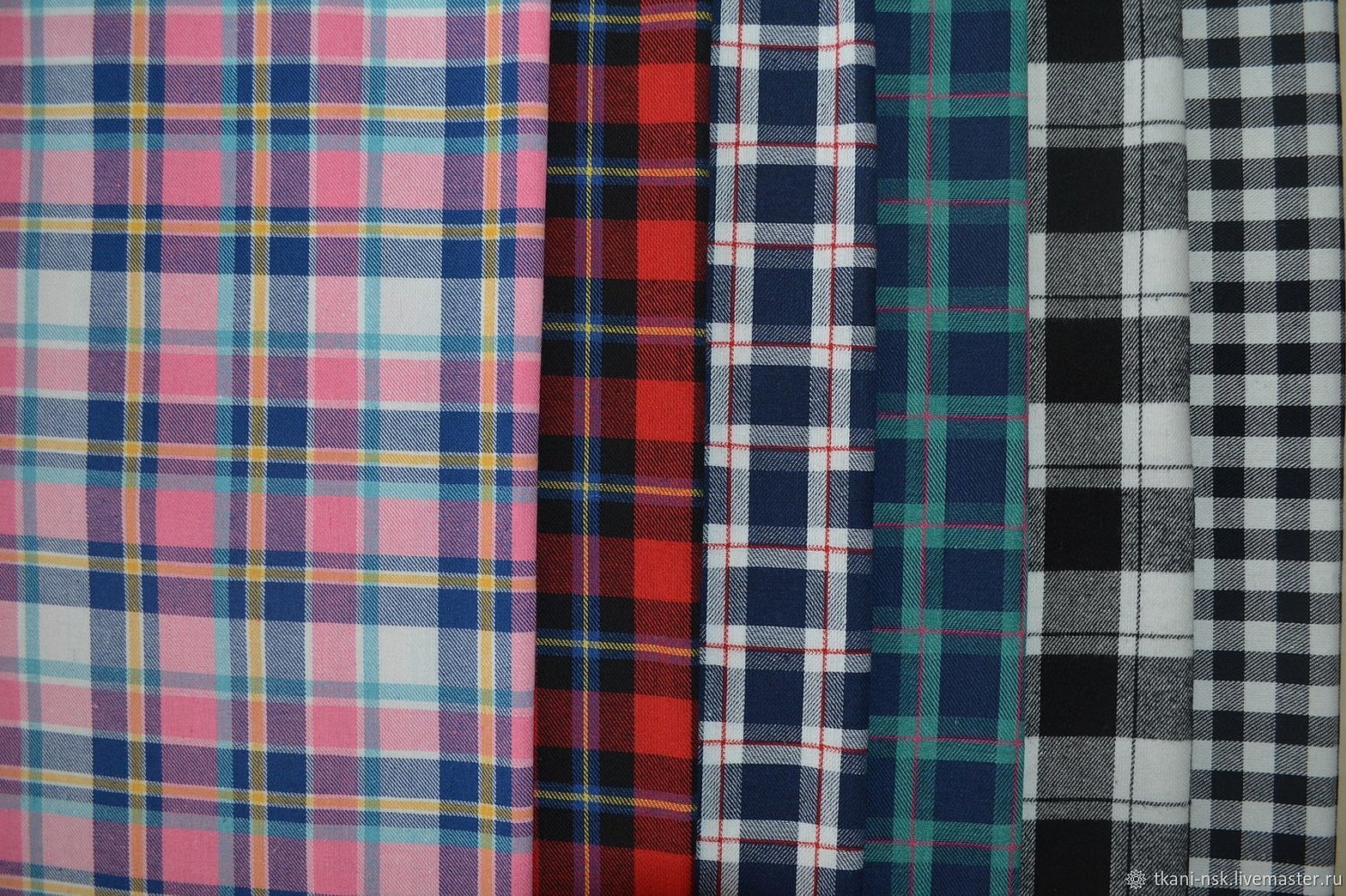
Vichy
Small two-color check was previously used for sewing bed linen, tablecloths, curtains and as upholstery for furniture. Excellent in texture.

Pepita
The squares with curls are very similar to "chicken feet". The material was named by the Spanish dancer Josefa de la Oliva, nicknamed Pepita. The small cells are connected diagonally, unlike the rectangular ones in "chicken feet". The gray type is often encountered.
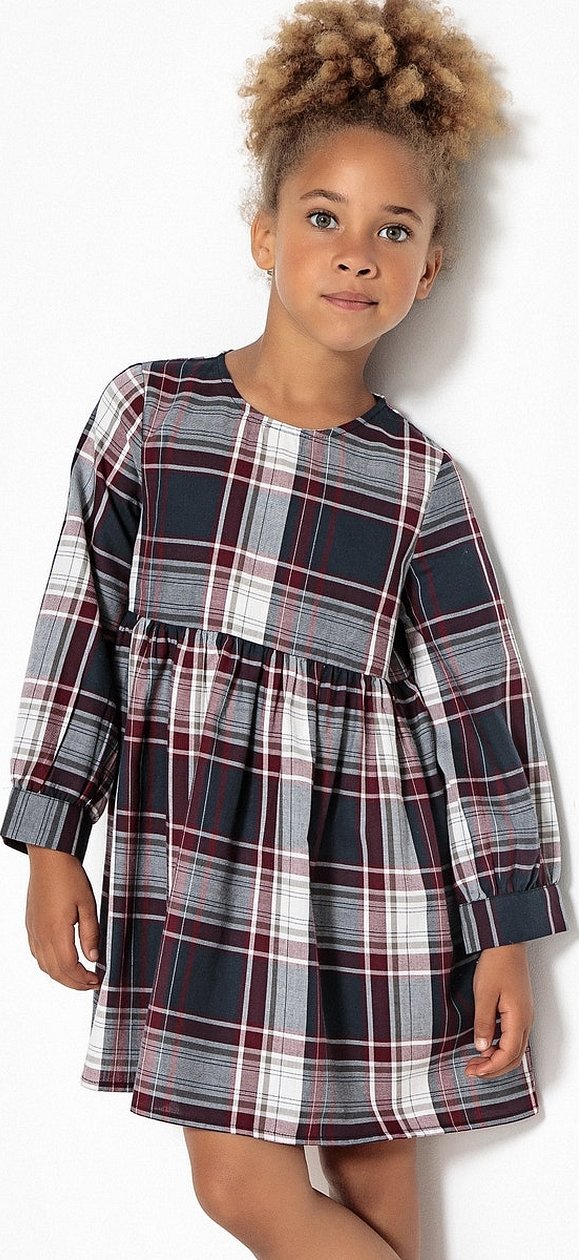
Argyle
The origin of the fabric pattern is associated with the province of Argyll, which is doubtful, because the pattern of the Scottish clan Campbell is unlikely to have adorned the golf socks of the Prince of Wales. And the image of the national flag of Scotland was not the prototype for the creation of the pattern.
Robert Pringle, the founder of Pringle of Scotland, introduced the fashion for diamonds in the production of knitted underwear and stockings. The peak of popularity came at the end of the First World War. At the beginning of the 20th century, the diamond pattern background began to be widely used in the production of knitted clothing.
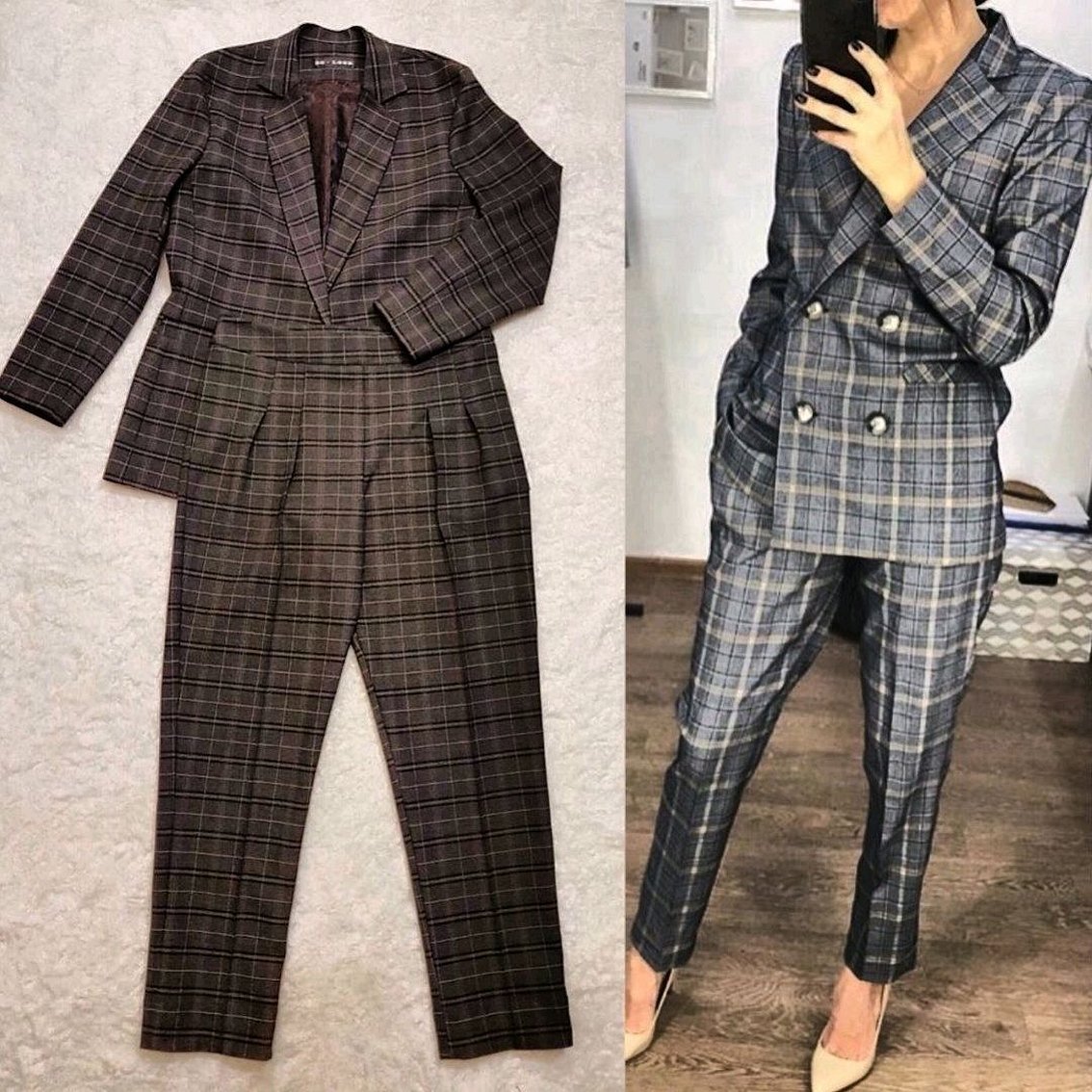
Glencheck
A type that has become a classic (Glen Urquhart Check). A small two-color check, formed by dark and light threads, in addition, stripes are visible on the check.

Gingham
Ginhem is the English version of the same Vichy that was written about above. Regular squares of contrasting colors, like a chessboard.
100% Cotton Broken Twill
A special "herringbone" weave of high-quality cotton fabric is used in the production of denim products. The unique twill weave gives the material special strength. Developed in 1964 by Wrangler.
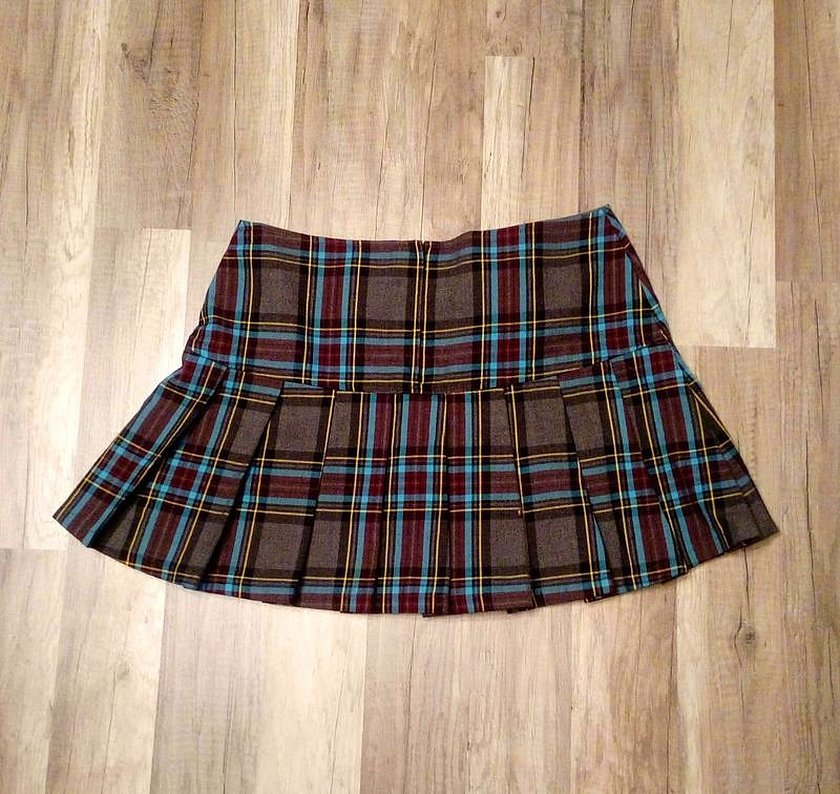
The American denim brand originates from the production of workwear. The company uses chemical-mechanical processing in the production technology of the material, which prevents shrinkage of the fabric after washing. The patent for the Broken Twill fabric, which has additional softness, is passed down by the founders of the production.
The production of cotton shirts, fashionable women's sarafans and skirts has enjoyed great success among consumers for decades. The unpretentious fabric easily fits into combined products using tartan or chintz.
Black and white checkered shirt cotton is used to make blouses, shirts, and dresses.
Tartan undergoes constant changes in composition. The addition of elastane and polyester fibers makes the fabric less wrinkled, while maintaining the lightness of the fabric.
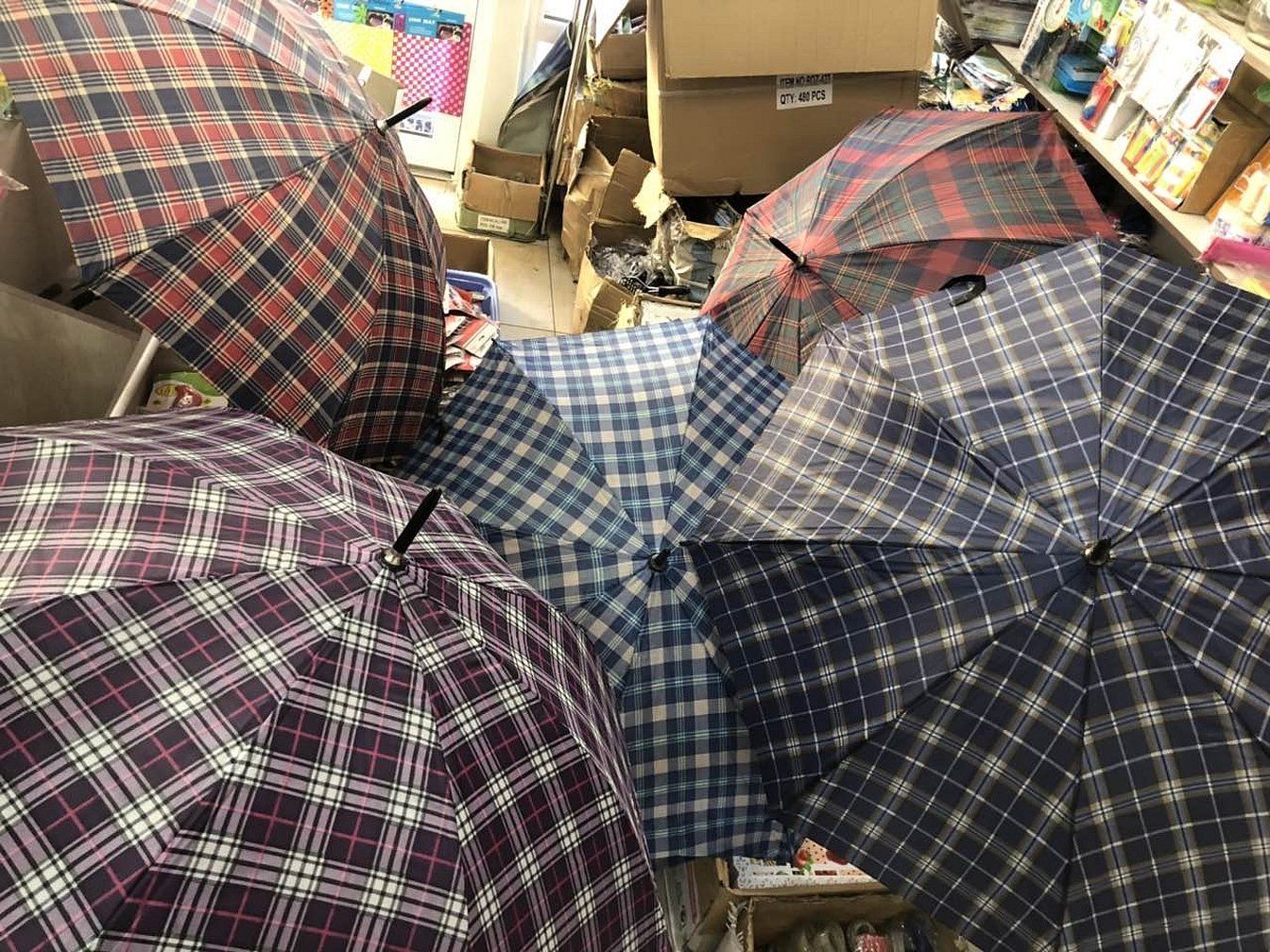
Fabric, cuts from the USSR era
The popularity of fabrics produced in Soviet times is growing again. Fashionistas and fashionistas have heard the names of the material that was once loved by grandmothers. Staple from the 50s was worn for decades without any complaints about its quality.
Thin checkered fabric was used to sew dresses, skirts, suits and jackets. Fabric bags were full of checkered fabric inserts. Shoes made of staple, denim or brocade were used in the 80s. Tartan skirts are back in fashion.
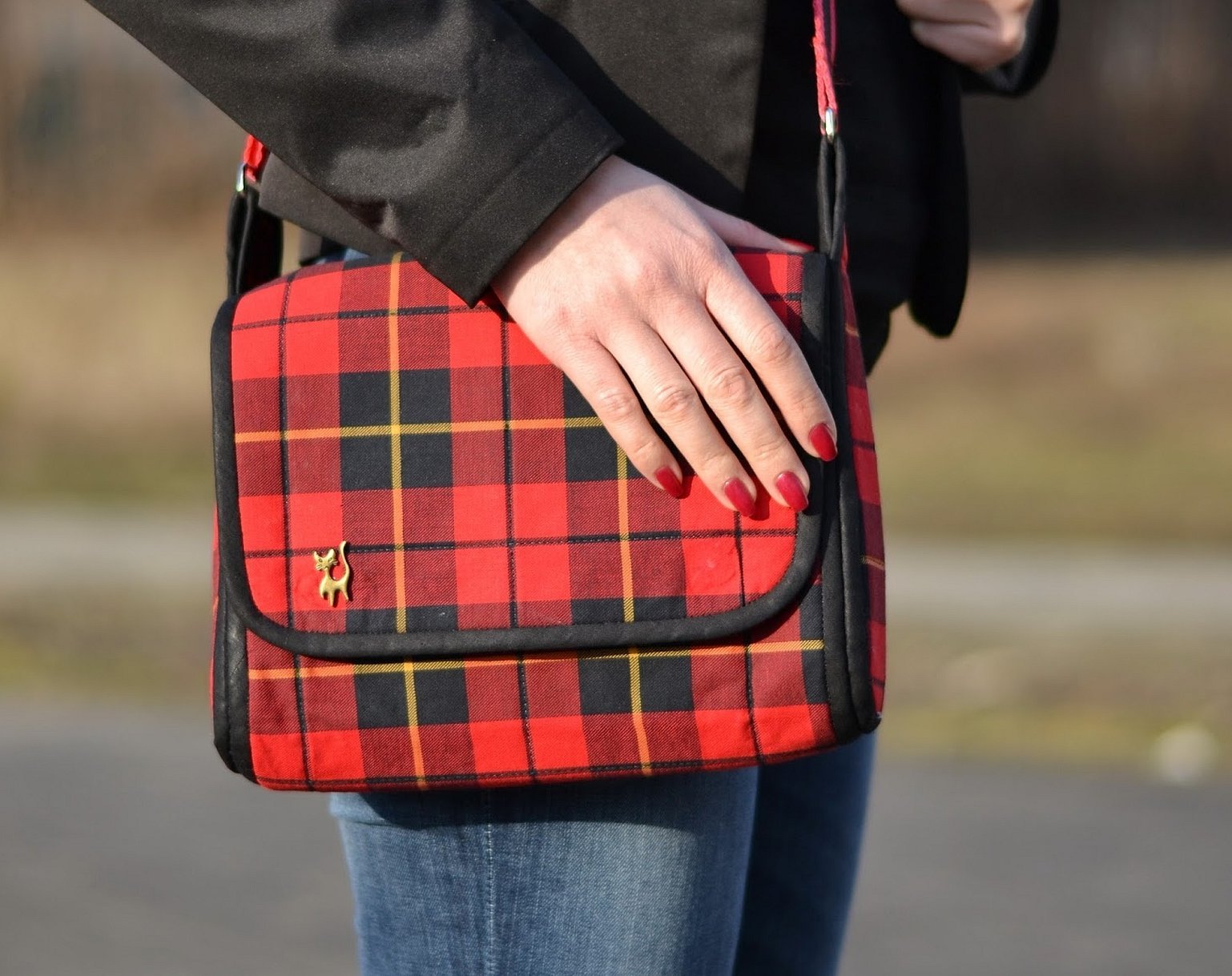
The content of viscose, natural cotton and synthetic lavsan has a direct impact on the wear resistance and strength of the material. The resistance to shrinkage and dirt-repellent properties of this type of material in a small cage allow it to be used in sewing everyday clothes for work or study.
From the reviews of those who prefer checkered fabrics in clothing and interiors, we can conclude that cellular matter will always be in fashion. The use of checkered fabrics was relevant until now, and now there is no reason to believe that the fashion for checkered fabrics will pass.




